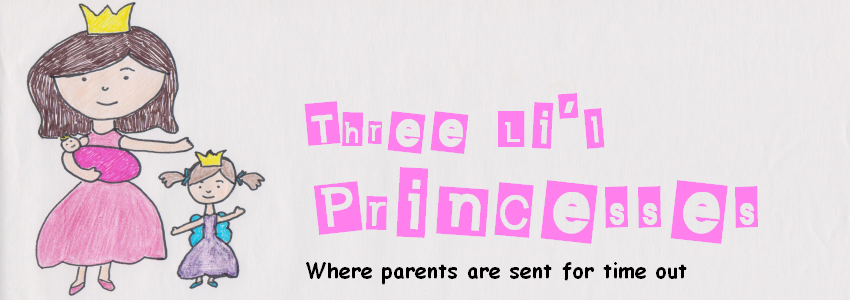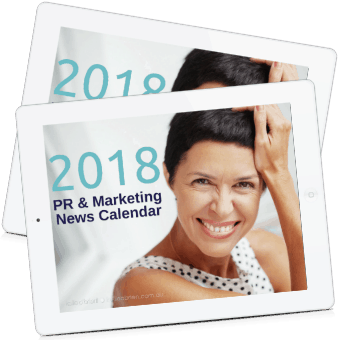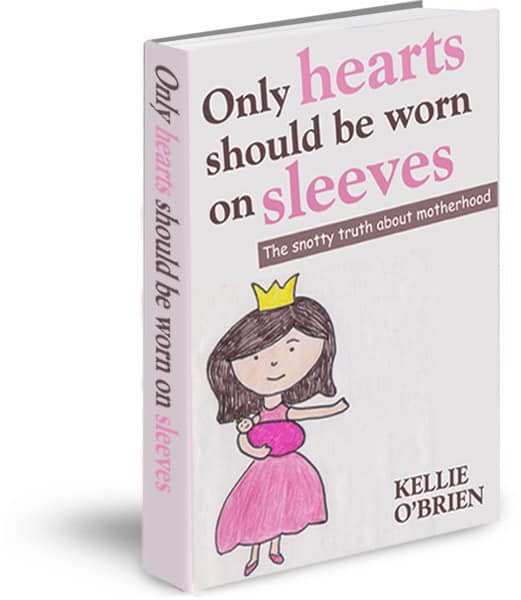 AFTER learning how to put together a press release that gets noticed, are you still a little nervous on the nuts and bolts of writing your release? Do you know how to structure the release, what information needs to be included and in what order?
AFTER learning how to put together a press release that gets noticed, are you still a little nervous on the nuts and bolts of writing your release? Do you know how to structure the release, what information needs to be included and in what order?
Well, this week we’re looking at a step by step guide to formatting your press release.
FOR IMMEDIATE RELEASE: Signify whether it’s FOR IMMEDIATE RELEASE or EMBARGOED UNTIL …. It’s a good idea to use capital letters and bold, especially if it’s embargoed.
HEADLINE: This will also be your subject line on your email, so you need to make sure it’s getting your message across. Use boldface. It also needs to be eye catching and interesting.
SUBHEAD: This one is optional, but can help further with selling your release
DATELINE: The format is city, state, date. That means the city or town the release is being issued from and the date it was released. So, for example: Devonport, TAS. March 7, 2011 – Then you start your first paragraph here…
FIRST PARAGRAPH: This is your chance to really grab their attention and make them want to read more. The old “Joe Bloggs has announced the launch of a new blog…’’ is boring. Give it life with an interesting “news’’ angle, while still covering who, what, where, when, why and how.
BODY: The body of your press release should take on the form of an inverted pyramid – that is, the most important information at the top and then the detail, background etc further down. In many instances, only the first few lines of your press release will get read. Use quotes to add colour. Don’t use jargon – keep it simple. Try not to write more than a page. Say what you mean and avoid fluff.
BOILERPLATE: Here is your chance to include your bio, where your product is available (if you’re selling one), hyperlinks to your website/blog and email address.
CONTACT INFORMATION: Sometimes # tags are used to signify that anything below this point is not to be made public. It’s up to you. Regardless, this is where you need to include as much contact information as possible. Include your name, blog title, all phone numbers (some journalists work after hours, so include an after-hours number and mobile), email address and links to your blog/website. If the release is also going online, it’s wise to obfuscate your email address (ie. kellie at threelilprincesses dot com). Otherwise it will get picked up by the spam spiders.
TESTIMONIALS: Use testimonial quotes at the bottom of your release. It’s a clever way to actually drag people to the bottom of the page – they’ll want to read what the quote says and not just skim over your contact information.
Next, you need a PR plan. Read how to create a FREE media plan template to step up your PR efforts.
Was this helpful? What other burning questions do you have about dealing with the media? Let us know.






Thanks Kel VERY helpful once again! Thank you for sharing your experience and knowledge on this subject and setting a clear structure for how to write a media release. Your Media Room category is really of great interest to me. I’m looking forward to your next post about the template guide for a press release.
That’s really great to hear. Let’s hope it helps with pitching your site to the media. Your content is incredibly thorough. Great stuff! 🙂
So glad to have found this. I am about to try and get something in the local newspaper and had no idea how to go about writing a press release. Thanks.
All the best with your release, Jane. Come back and let us know how you go. 🙂
Useful information! I have been looking for something like this for some time now. Appreciate it!
Glad to hear it, Elke. Next Tuesday’s template might help you even further, as it will show you visually where everything goes. 🙂
[…] that’s provided you with a bit of inspiration. Now it’s time to craft a press release. If you enjoyed this article, I’d love it if you could share […]